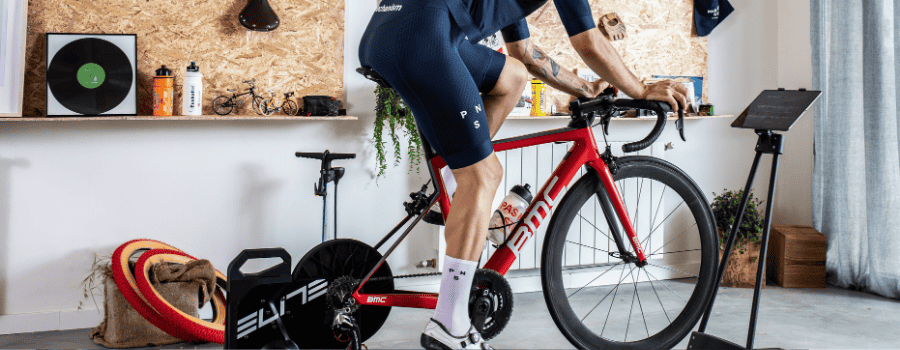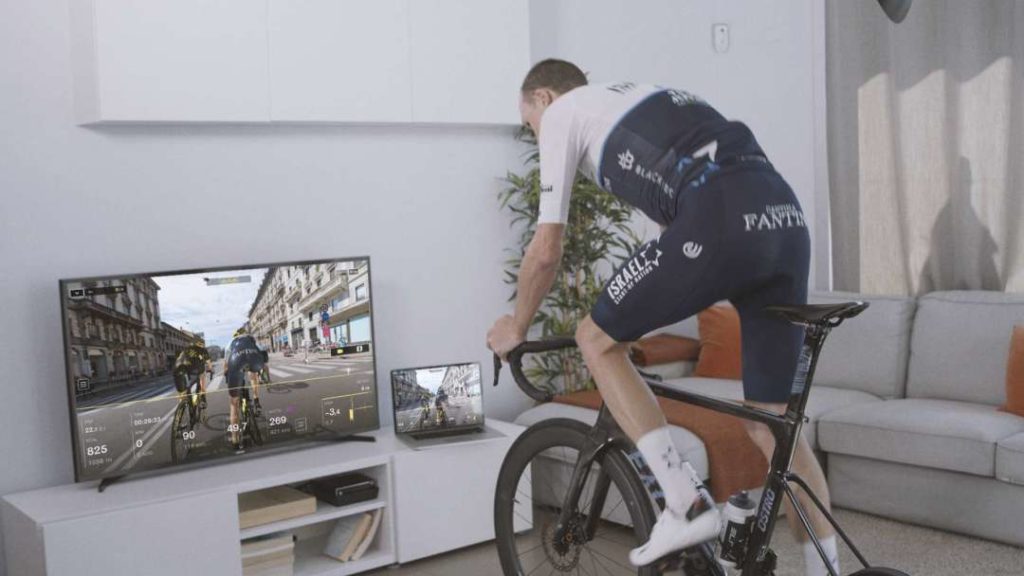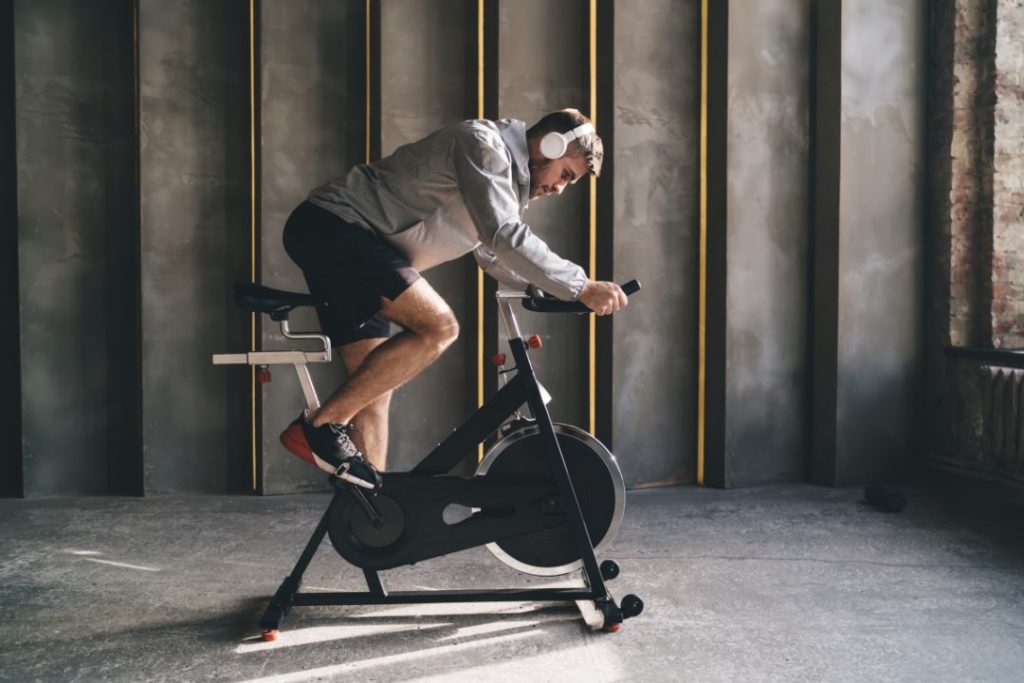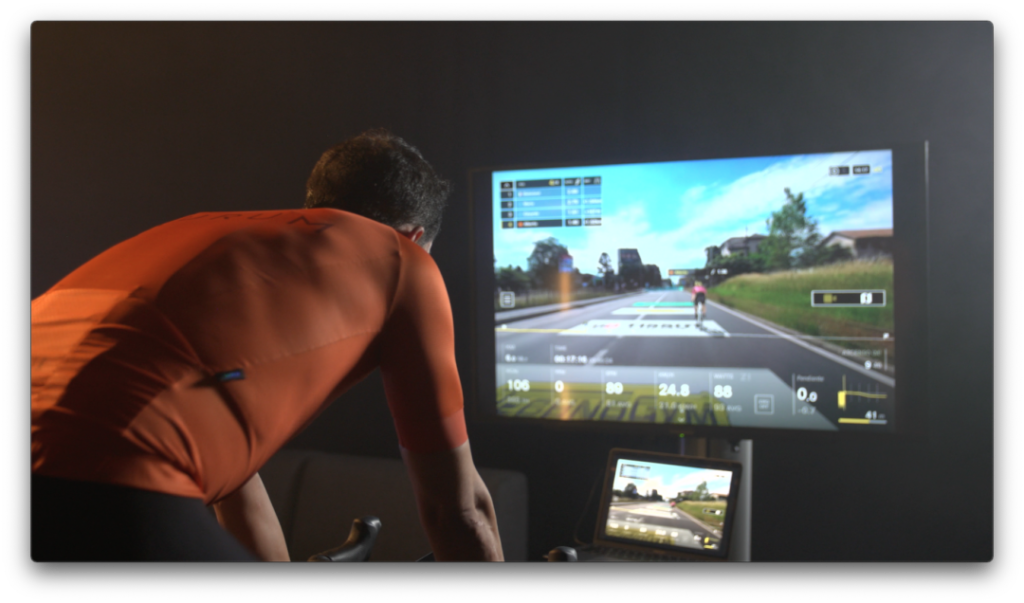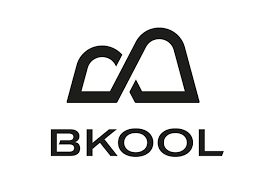Indoor cycling has seen a massive rise in popularity in recent years. More and more cyclists are looking for ways to train at home without being limited by weather, daylight hours, or busy schedules. This is where the Smart Trainer comes in. These devices not only help maintain fitness all year round but also provide a highly realistic ride experience, complete with structured workouts and the ability to ride virtually through platforms like BKOOL.
In this guide, you’ll learn about the different types of Smart Trainers, the key factors to consider before buying one, and how to choose the best option for your indoor cycling in 2025.
What is a Smart Trainer and why should you own one?
A Smart Trainer is a device that allows you to ride your own bike indoors, pedaling in a stationary position while simulating the feeling of outdoor cycling. This setup is extremely useful for training at home, especially during the winter, on rainy days, or when your schedule doesn’t allow for long rides outdoors.
For both beginners and experienced cyclists, a Smart Trainer is a great way to maintain fitness, complete structured workouts, and even join virtual competitions. Thanks to interactive platforms like BKOOL, indoor training has become far more engaging, immersive, and motivating than simply pedaling in place.
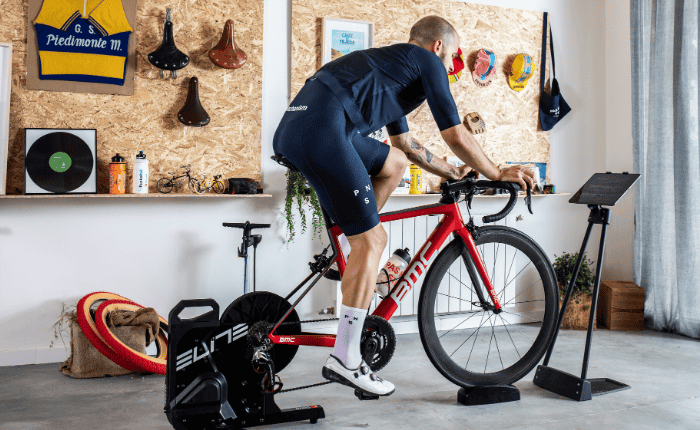
Types of Smart Trainers available in 2025
Rollers
The most traditional option, consisting of three cylinders on which the bike sits. Riding rollers requires balance and coordination, making them ideal for cyclists who want to improve pedaling technique and cadence. However, they’re less convenient for long or intensive sessions.
Magnetic Smart Trainers
These use adjustable magnetic resistance. They’re affordable, easy to use, and versatile for beginners or occasional users. Their downside is that they tend to be noisier, which might be an issue in apartments or shared spaces.
Fluid Smart Trainers
These create resistance through a hydraulic system that increases naturally as you pedal harder. The result is a more realistic ride feel compared to magnetic models, and they’re also much quieter. A great choice for regular indoor riders.
Interactive Smart Trainers
Also called “smart trainers” in the strict sense, these are the most advanced models. They connect via Bluetooth or ANT+ to apps like BKOOL, adjusting resistance automatically to match the virtual terrain. They deliver an immersive experience with structured workouts, virtual races, and realistic routes. While they are more expensive, they’re the best choice for committed cyclists looking for both performance and motivation.
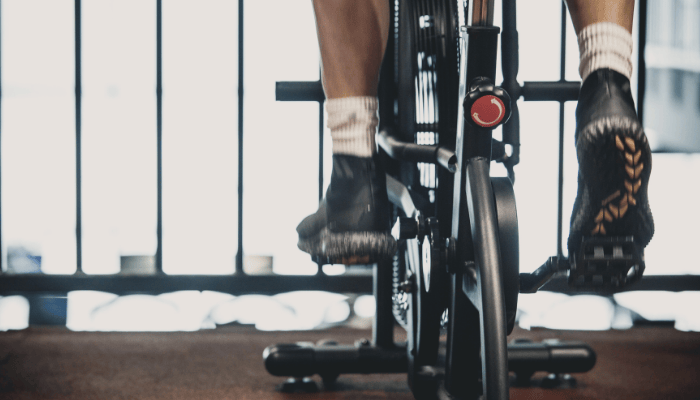
Key factors when choosing a Smart Trainer
Training frequency and goals
Your choice depends on how often and how intensely you plan to train. If you’re only using it occasionally, a basic magnetic trainer may suffice. But for multiple weekly sessions or race preparation, a fluid or interactive Smart Trainer is the smarter investment.
Bike compatibility
Not all Smart Trainers fit every bike. Always check compatibility with your wheel size and axle type (quick release or thru-axle) before buying.
Noise level and available space
Noise can be a major issue if you live in an apartment. Fluid and direct-drive Smart Trainers are quieter, while magnetic models are louder. Some units are foldable or compact, which is ideal if you don’t have a dedicated training room.
Connectivity and motivation
One of the biggest shifts in recent years is connectivity. Interactive Smart Trainers let you ride virtually anywhere and join online competitions. Apps like BKOOL bring gamification into cycling, making your indoor rides feel realistic and motivating.
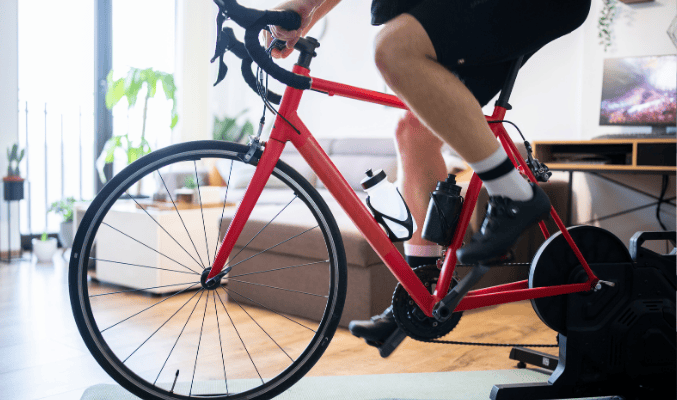
Accessories to improve your Smart Trainer experience
Several accessories can enhance your sessions and make training more enjoyable. A floor mat protects your flooring and reduces vibration. A fan is essential for cooling down during long or intense rides. If you’re using a wheel-on trainer, a dedicated trainer tire prevents unnecessary wear on your road tires. Finally, a front-wheel riser block helps maintain a natural riding position and improves comfort.
Tips to avoid boredom while training indoors
One of the biggest challenges with indoor training is monotony. To keep things interesting, mix up your sessions. Alternate between long endurance rides and short interval workouts. Setting weekly goals in terms of distance or hours can also help with motivation.
Music and podcasts are a good distraction, but the best way to stay engaged is by using interactive platforms. BKOOL, for instance, allows you to ride famous climbs, race against other cyclists, and follow structured training plans. This transforms indoor cycling into a dynamic and exciting experience.
Conclusion: Which Smart Trainer should you buy in 2025?
There is no single answer, as the right choice depends on your needs and budget. If you’re a beginner or only plan to ride occasionally, a magnetic trainer is a cost-effective option. If you ride several times per week, a fluid trainer offers better realism and comfort. For those who want cutting-edge technology, automatic resistance control, and immersive virtual rides, an interactive Smart Trainer paired with BKOOL is the ultimate setup.
In short, buying a Smart Trainer is more than just getting an accessory. It’s an investment in year-round training, performance improvement, and a more enjoyable cycling experience—even without leaving home.
 Go to BKOOL
Go to BKOOL
